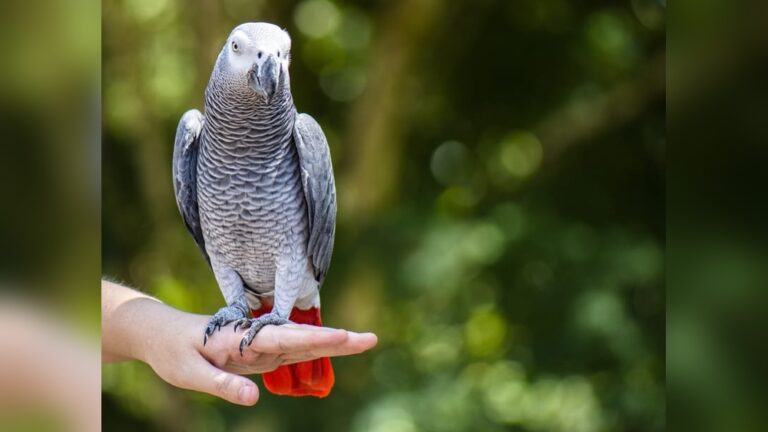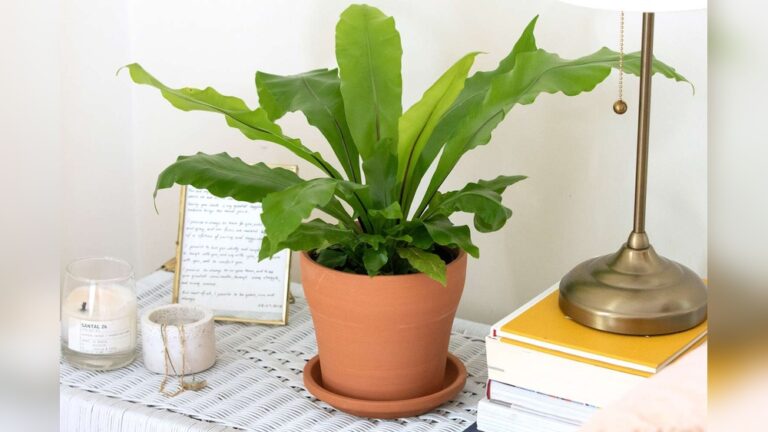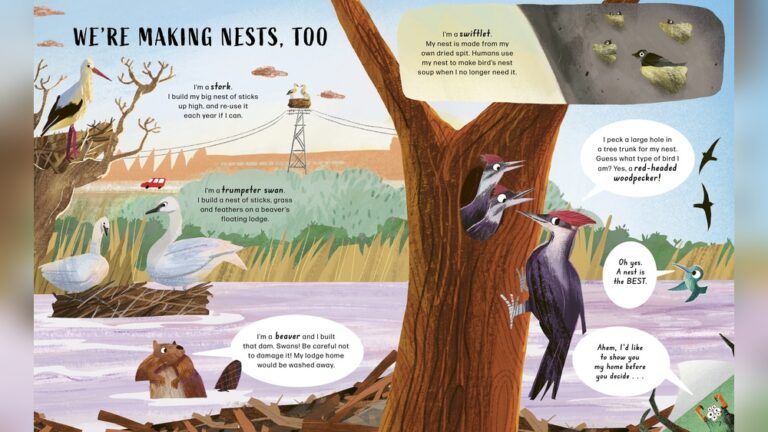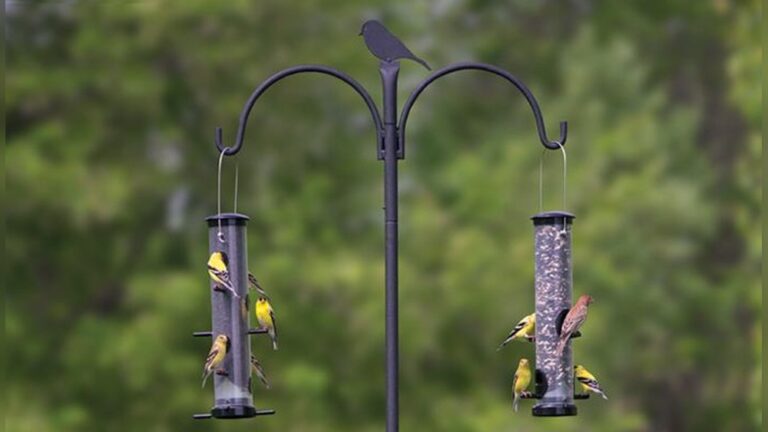How To Set Up Bird Feeders
If you want to bring more life and color to your backyard, setting up bird feeders is one of the easiest and most rewarding ways to do it. Imagine waking up to the cheerful songs of birds right outside your window.
But how do you make sure your feeders attract the right birds and stay safe and clean? In this guide, you’ll discover simple, step-by-step tips to set up bird feeders that will turn your space into a bird paradise. Keep reading—your feathered friends are waiting!
Choosing The Right Feeder
Choosing the right bird feeder is important for attracting birds to your yard. The right feeder helps birds feel safe and makes feeding easy. Different feeders suit different bird types and environments. Understanding the options helps you pick the best feeder for your needs.
Types Of Bird Feeders
Tube feeders are common and good for small birds like finches. Hopper feeders hold more food and attract larger birds. Platform feeders are flat and open, perfect for ground feeders. Suet feeders offer high-energy food for woodpeckers and nuthatches. Each type serves different bird species and feeding habits.
Materials And Durability
Plastic feeders are lightweight and affordable but may break easily. Metal feeders last longer and resist squirrels well. Wood feeders blend well with nature but need weatherproof treatment. Choose material based on your climate and how long you want the feeder to last.
Feeder Size And Capacity
Small feeders need frequent refilling but stay fresh. Large feeders hold more food and feed many birds at once. Think about how many birds visit and how often you want to refill. Pick a size that fits your yard space and bird activity.
Selecting The Perfect Location
Selecting the perfect location for your bird feeder is key to attracting birds. The right spot keeps birds safe, makes the feeder easy to see, and allows you to refill it without trouble.
Choosing a good location helps birds feel comfortable. It also makes your bird feeder a lovely part of your garden or yard.
Safe Placement From Predators
Place feeders away from places where cats or other predators can hide. Avoid locations near thick bushes or low branches. Keep feeders at least 5 feet off the ground. This height helps protect birds from ground predators. Use poles with baffles to block climbing animals. Safety encourages more birds to visit and stay longer.
Visibility For Birds
Choose a spot where birds can easily see the feeder. Open areas near trees work well. Trees offer birds quick shelter if they sense danger. Avoid placing feeders too close to windows to prevent collisions. Bright and clear views attract more bird visitors. Visibility also helps you enjoy watching the birds.
Accessibility For Refilling
Pick a location easy to reach for refilling and cleaning. Avoid spots that need ladders or tools to access. A nearby path or patio is ideal. Easy access keeps the feeder full and clean. Regular refilling ensures birds always find fresh food. Accessibility saves time and effort for you.
Picking The Best Bird Food
Choosing the right food is important for attracting birds to your feeder. Different birds prefer different foods. Offering a variety helps more types of birds visit your garden. Knowing the best food types makes your feeder more inviting.
Seeds And Grains
Seeds are the most popular bird food. Black oil sunflower seeds attract many birds. They are easy to eat and full of fat. Millet and cracked corn also work well. These grains attract sparrows, finches, and doves. Mixing seeds gives birds more choices.
Suet And Nuts
Suet is a high-energy food made from animal fat. It is great for woodpeckers, nuthatches, and chickadees. Nuts like peanuts and almonds attract larger birds. They provide protein and fats. Use shelled or unshelled nuts depending on bird types. Suet and nuts are best in colder months.
Seasonal Food Choices
Birds eat different foods in different seasons. In spring and summer, offer fruits and nectar for hummingbirds. In fall and winter, provide high-fat foods like suet and seeds. Change food types to match birds’ needs. This keeps birds healthy and visiting often.

Credit: www.reddit.com
Installing The Feeder
Installing the bird feeder properly helps attract more birds and keeps them safe. The right setup also makes refilling and cleaning easier. Choose a good spot and secure the feeder well. Think about the feeder type and your yard’s layout.
Hanging Vs. Pole-mounted
Hanging feeders hang from tree branches or hooks. They sway with the wind, which can scare some birds away. They need strong support to hold the feeder’s weight. Hanging feeders work well in small spaces.
Pole-mounted feeders attach to a pole stuck in the ground. They stay steady and are harder for squirrels to reach. Poles can have baffles to stop pests. These feeders suit open yards and gardens.
Securing The Feeder
Use strong hooks or brackets to hold hanging feeders safely. Check that they do not wobble or fall easily. For pole-mounted feeders, push the pole deep into the ground. Tighten screws or clamps to keep the feeder firm. A secure feeder means less mess and fewer accidents.
Adjusting Height And Position
Place feeders 4 to 6 feet above the ground. This height protects birds from cats and other predators. Avoid spots near windows to prevent bird collisions. Put feeders near shrubs or trees for quick bird shelter. Change position if birds do not visit often.
Maintaining Your Feeder
Keeping your bird feeder clean and full helps birds stay healthy and happy. Regular care stops bad germs and pests. It makes sure birds visit often and enjoy the food.
Regular Cleaning Tips
Clean your feeder every two weeks with warm, soapy water. Use a brush to reach all corners and remove dirt. Rinse well to get rid of soap. Let it dry completely before refilling. This stops bacteria and keeps birds safe.
Preventing Mold And Spoilage
Remove wet or old seeds quickly. Mold grows fast on damp food and can harm birds. Place feeders where rain cannot reach easily. Use fresh seeds and avoid overfilling to keep food dry. Good air flow also helps prevent mold.
Refilling Schedule
Check your feeder every few days. Refill before it runs out, especially in cold weather. Birds need steady food in winter. Watch how fast birds eat and adjust how often you refill. This keeps food fresh and birds coming back.

Credit: www.reddit.com
Attracting More Birds
Attracting more birds to your feeders makes your garden lively and fun. Birds bring colors and sounds that create a peaceful environment. To invite a variety of birds, focus on more than just the feeders. Water, shelter, and a safe space are key elements. Each plays a role in making your yard a bird-friendly spot.
Adding Water Sources
Birds need water to drink and bathe. Place a shallow birdbath near your feeders. Keep the water clean and fresh to attract birds daily. A small fountain or dripping water adds motion and sound. Moving water draws birds faster than still water. Change the water often to prevent mosquitoes and dirt.
Using Birdhouses And Plants
Birdhouses give birds a safe place to rest and nest. Choose birdhouses that match the birds you want to attract. Place them in quiet, shaded areas. Plant native flowers, shrubs, and trees around feeders. Plants provide food, cover, and shelter. They also offer natural nesting spots and attract insects birds like to eat.
Avoiding Common Mistakes
Keep feeders clean to stop disease spread. Check feeders for damage that could harm birds. Avoid placing feeders too close to windows to reduce collisions. Use feeders that keep seeds dry and prevent mold. Do not place feeders near places with high pet activity. These simple steps keep birds safe and comfortable.
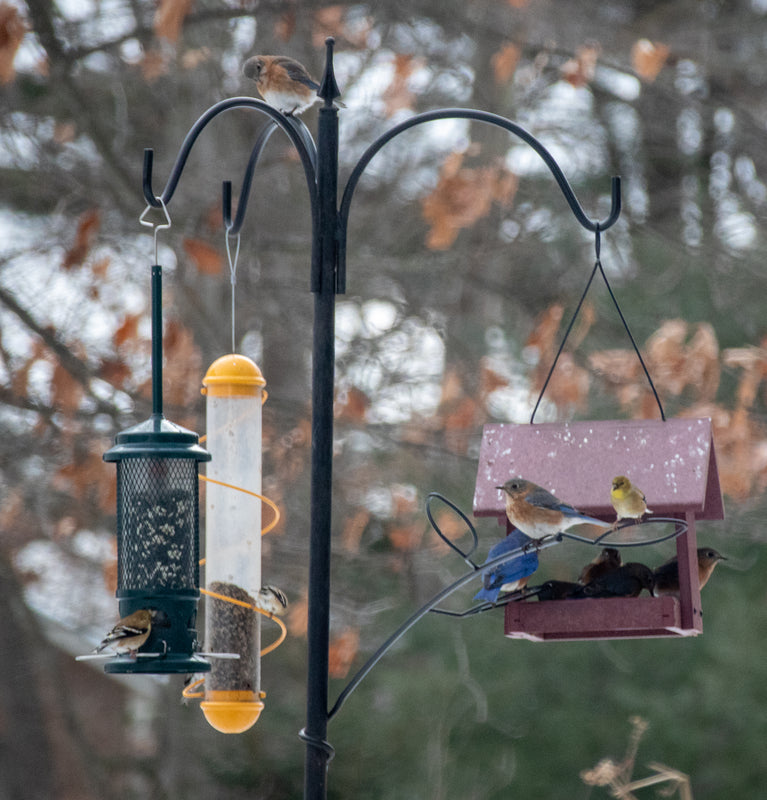
Credit: nature-niche.com
How Smart Pets Lover Can Help You with How To Set Up Bird Feeders
Practical Learning Through Setting Up Your Bird Feeder
Setting up a bird feeder is more than just a task—it’s a wonderful opportunity to connect deeply with nature and learn hands-on about bird behavior and care. By thoughtfully choosing the right feeder and selecting the perfect location, you not only attract a variety of feathered friends but also observe their feeding habits and social interactions. This practical experience enriches your understanding of local bird species and their preferences.
Maintaining your feeder regularly offers lessons in responsibility and environmental mindfulness, ensuring a safe and welcoming space for birds. For pet parents who cherish every chirp as part of their family story, these moments become rewarding chapters in your shared journey. If questions arise or you want to explore more, reaching out to trusted communities like Smart Pets Lover can provide guidance rooted in genuine care and expertise.
Remember, every feeder you set up is a small classroom where nature teaches patience, observation, and joy.
Frequently Asked Questions
How Do I Choose The Best Location For Bird Feeders?
Place bird feeders in quiet, sheltered spots near trees or shrubs. This provides birds with shelter and safety. Avoid busy areas to reduce disturbances. Ensure easy visibility and access for birds to feed comfortably.
What Types Of Bird Feeders Attract Different Birds?
Tube feeders attract small songbirds, while platform feeders suit larger birds. Suet feeders are great for woodpeckers. Choose feeders based on local bird species and their feeding habits. Variety in feeders increases bird diversity in your yard.
How Often Should I Clean My Bird Feeders?
Clean feeders every two weeks to prevent disease. Use warm water and mild soap, rinse well, and dry completely. Regular cleaning keeps birds healthy and feeder fresh. Avoid harsh chemicals that may harm birds.
What Bird Food Is Best For Attracting More Birds?
Black oil sunflower seeds attract many bird species due to high oil content. Nyjer seeds are perfect for finches. Avoid bread or processed foods as they offer little nutrition. Use fresh, high-quality seeds for best results.
Conclusion
Setting up bird feeders brings nature close to your home. Place feeders where birds feel safe and food stays fresh. Clean feeders often to keep birds healthy. Choose seeds that attract the birds you want to see. Watch and enjoy the variety of birds that visit daily.
Feeding birds creates a peaceful and lively outdoor space. Small efforts make big differences for local wildlife. Start today and welcome feathered friends to your garden.


